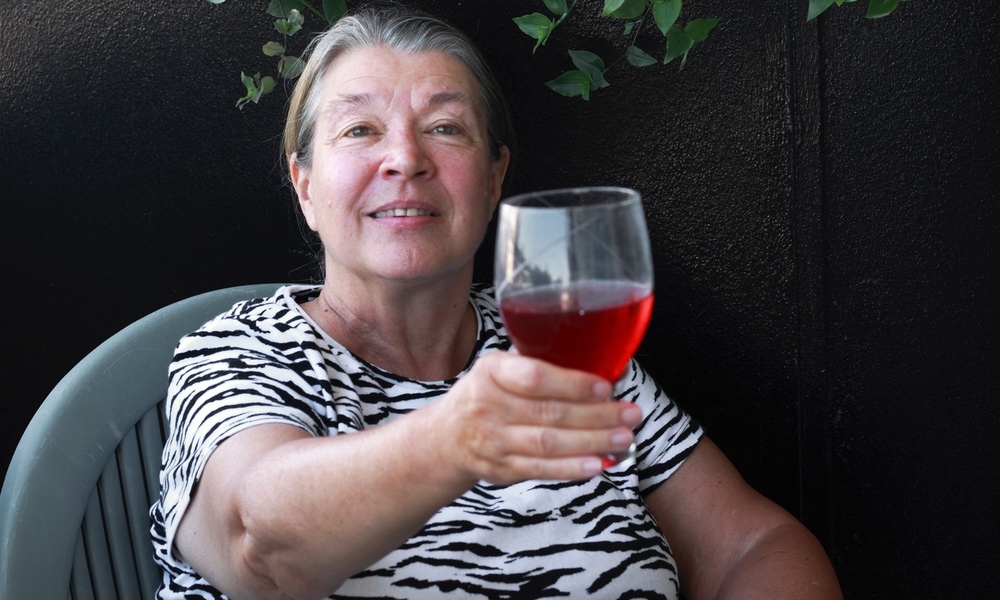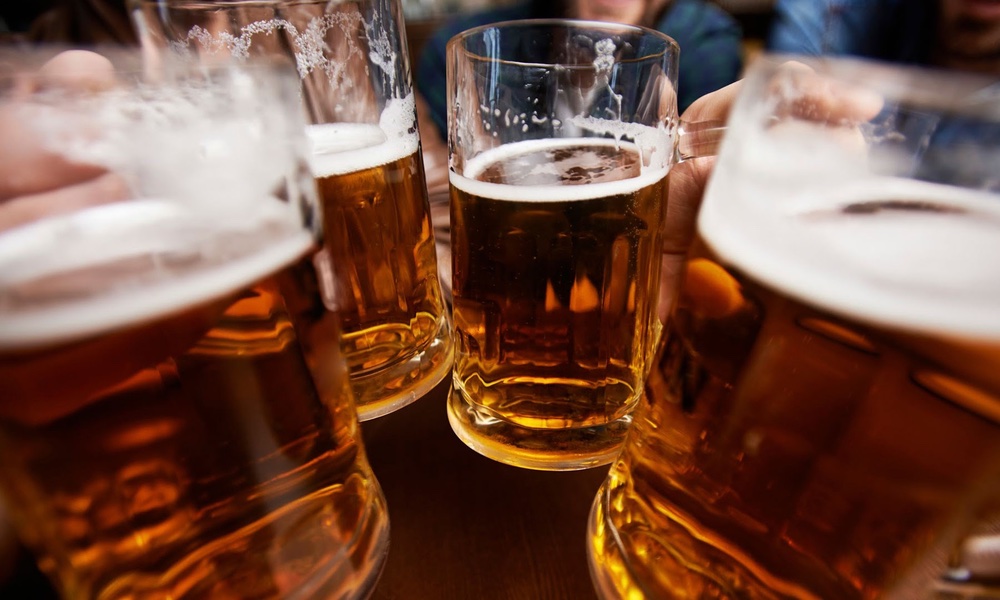A study suggests that stroke victims recover better when given magnetic pulses to the brain. The treatment seems to work up to three years after the stroke's onset.
The study subjects all had suffered strokes which left them with mild to moderate muscle weakness on one side of the body. Two weeks after treatment, significant improvements were seen using three separate measurements of recovery. These improvements were still present 12 weeks after treatment.
Patients who received either type of magnetic pulsing showed improved ability in all three assessments. These improvements were not seen in the control patients.
Experimental patients received either high frequency (5 Hz) magnetic pulses in the brain hemisphere where the stroke had occurred or low frequency (1 Hz) pulses in the opposite hemisphere. The high frequency pulses are thought to stimulate local brain activity; the low frequency pulses are thought to inhibit local brain activity.
By stimulating the underactive hemisphere (the 5-Hz pulses) or inhibiting the overactive hemisphere (the 1-Hz pulses), the two hemispheres are brought into better balance, which translates into less muscle weakness and paralysis.
Whether this explanation is correct or not, the study did show improvements in stroke patients who received magnetic brain impulses.
The study was performed on 60 stroke patients, average age 51, in an Egyptian university hospital. They were randomly assigned to three groups. One group received 10 daily sessions of 750 five-Hz magnetic pulses (stimulatory) into the side of the brain where the stroke occurred. The second group received 10 daily sessions of 1,500 one-Hz magnetic pulses (inhibitory) into the side of the brain where the stroke did not occur. The third group was the control group. They were treated similarly to the second group, but the magnetic pulses were aimed above their heads and entered neither their head nor their body. None of the three groups knew which treatment they were receiving.
Patients were assessed at the beginning of the study and 2, 4, 8 and 12 weeks after receiving treatment. Three assessments were used: a finger tapping test, an assessment called the Activity Index, which measures different aspects of mental capacity, motor function and activities of daily living, and a disability test called the modified Rankin Scale.
One weakness of the study was that patients were only allowed into the study if they showed some sign of increased activity in the brain hemisphere where the stroke did not occur. In other words, if they showed signs consistent with the researchers' theory. So the treatment may not work on all stroke victims. Because the treatment is simple and non-invasive, it's likely that it will soon be tested on many more stroke patients to see if it's generally useful in helping recover from a stroke.
An article detailing the study was published in the September 2010 issue of the European Journal of Neurology.




